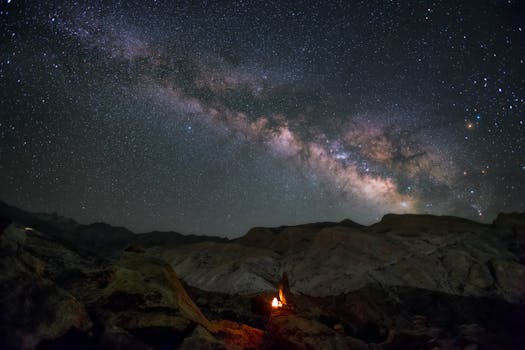
“
Beyond the Milky Way: Imagining New Worlds and Possibilities
Introduction to Beyond the Milky Way: Imagining New Worlds and Possibilities
Beyond the Milky Way: Imagining New Worlds and Possibilities, our galaxy is just one of billions in the observable universe, and yet, it remains a significant part of our reality. The stars, planets, and other celestial objects within it have captivated human imagination for centuries, inspiring countless works of art, literature, and science. As we continue to explore and understand our galaxy, we are also compelled to look beyond it, to imagine new worlds and possibilities that lie beyond the reaches of our current knowledge.
Understanding the Milky Way
The Milky Way is a barred spiral galaxy, consisting of hundreds of billions of stars, stellar remnants, interstellar gas, dust, and dark matter. It is estimated to be about 100,000 light-years in diameter, and is thought to contain between 200-400 billion stars. The Milky Way is also home to various types of celestial objects, including planets, asteroids, comets, and black holes. For a deeper exploration of the imaginative aspects of galaxies, check out Galaxies of Dreams: How Imagination Transcends the Night Sky.
Exploring Beyond the Milky Way
As we look beyond the Milky Way, we enter the realm of intergalactic space, where galaxies are separated by vast distances. The nearest major galaxy to the Milky Way is Andromeda, which is approximately 2.5 million light-years away. Other galaxies, such as the Triangulum Galaxy and the Large Magellanic Cloud, are also visible to the naked eye under optimal conditions. This exploration opens up many new avenues for understanding, as discussed in Soaring Through the Cosmos: The Power of Imagination Beyond the Stars.
Imagining New Worlds
The possibility of new worlds beyond the Milky Way is a tantalizing one, sparking the imagination of scientists, science fiction writers, and the general public alike. Exoplanets, which are planets that orbit stars outside of our galaxy, have been discovered in recent years, offering a glimpse into the diversity of planetary systems beyond our own. Some of these exoplanets are believed to be located in the habitable zones of their respective stars, raising the prospect of potentially life-supporting environments. This concept is further explored in From Stardust to Dreams: Imagining Life Beyond the Stars.
Takeaways
- The Milky Way is just one of billions of galaxies in the observable universe.
- The possibility of new worlds beyond the Milky Way is a fascinating area of exploration and discovery.
- Exoplanets have been discovered in recent years, offering a glimpse into the diversity of planetary systems beyond our own.
Conclusion
In conclusion, the exploration of new worlds and possibilities beyond the Milky Way is an exciting and ongoing area of research and discovery. As we continue to push the boundaries of our knowledge and understanding, we may uncover new and exciting possibilities for life beyond our galaxy.






